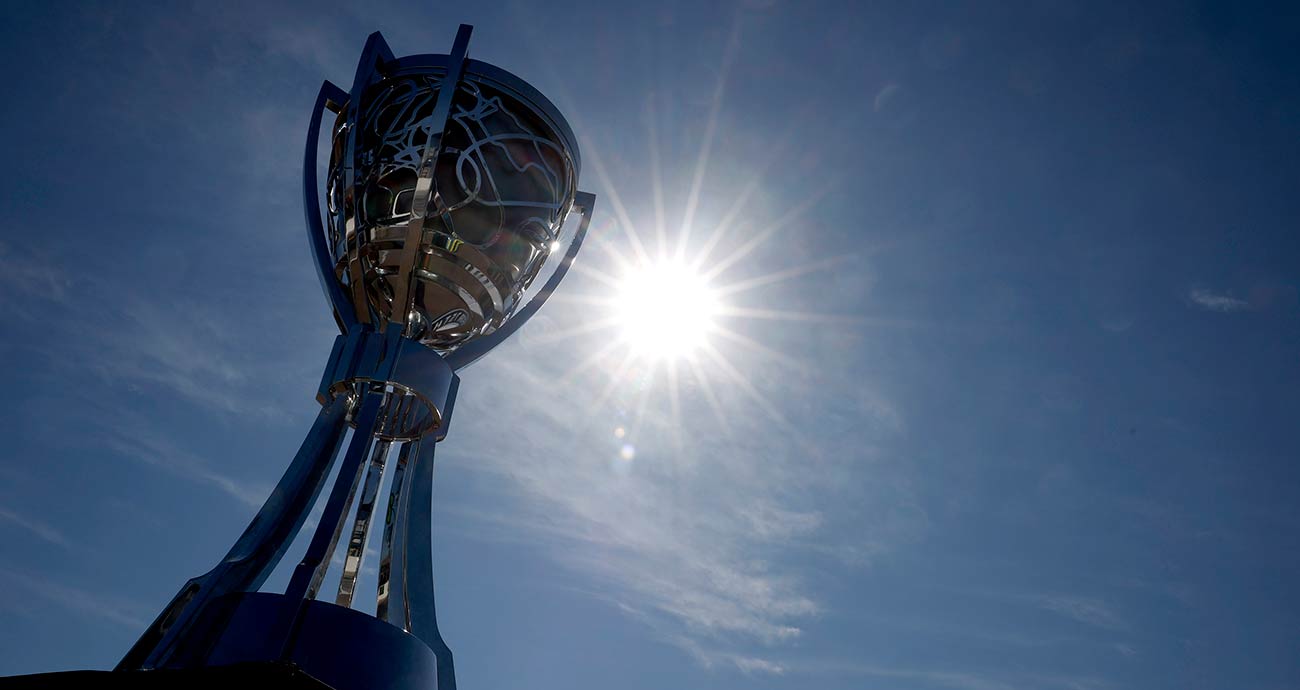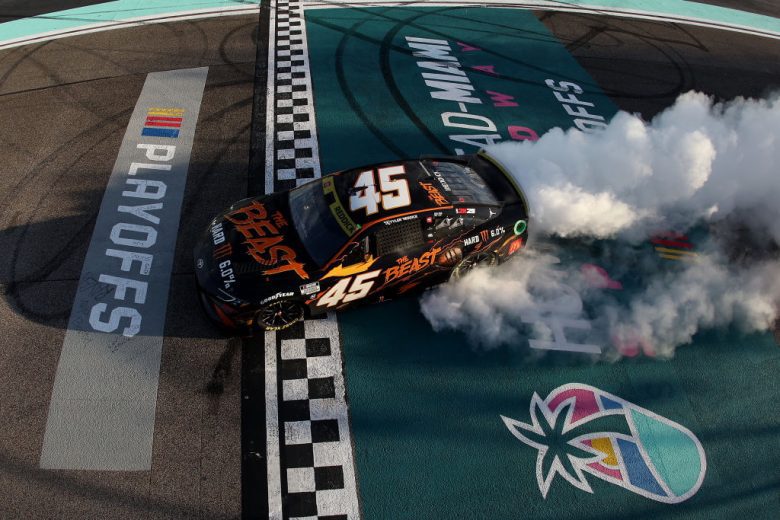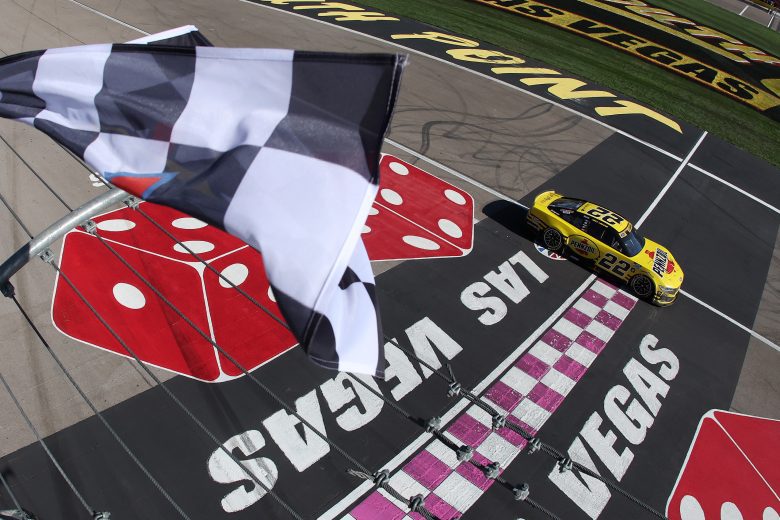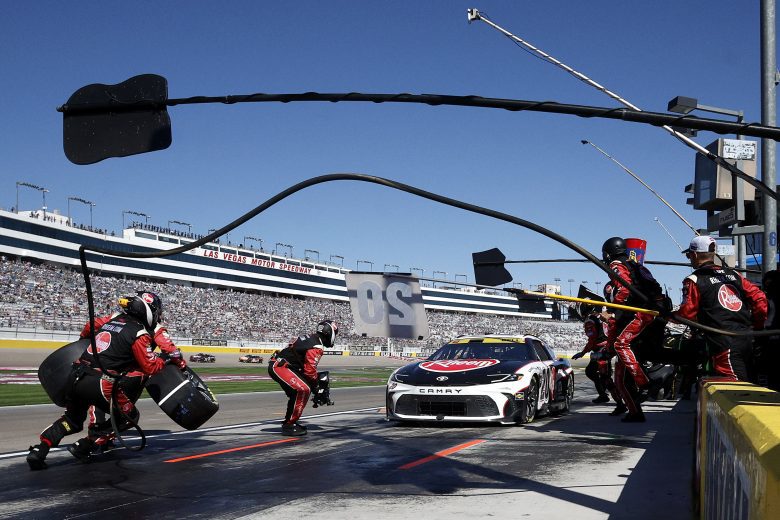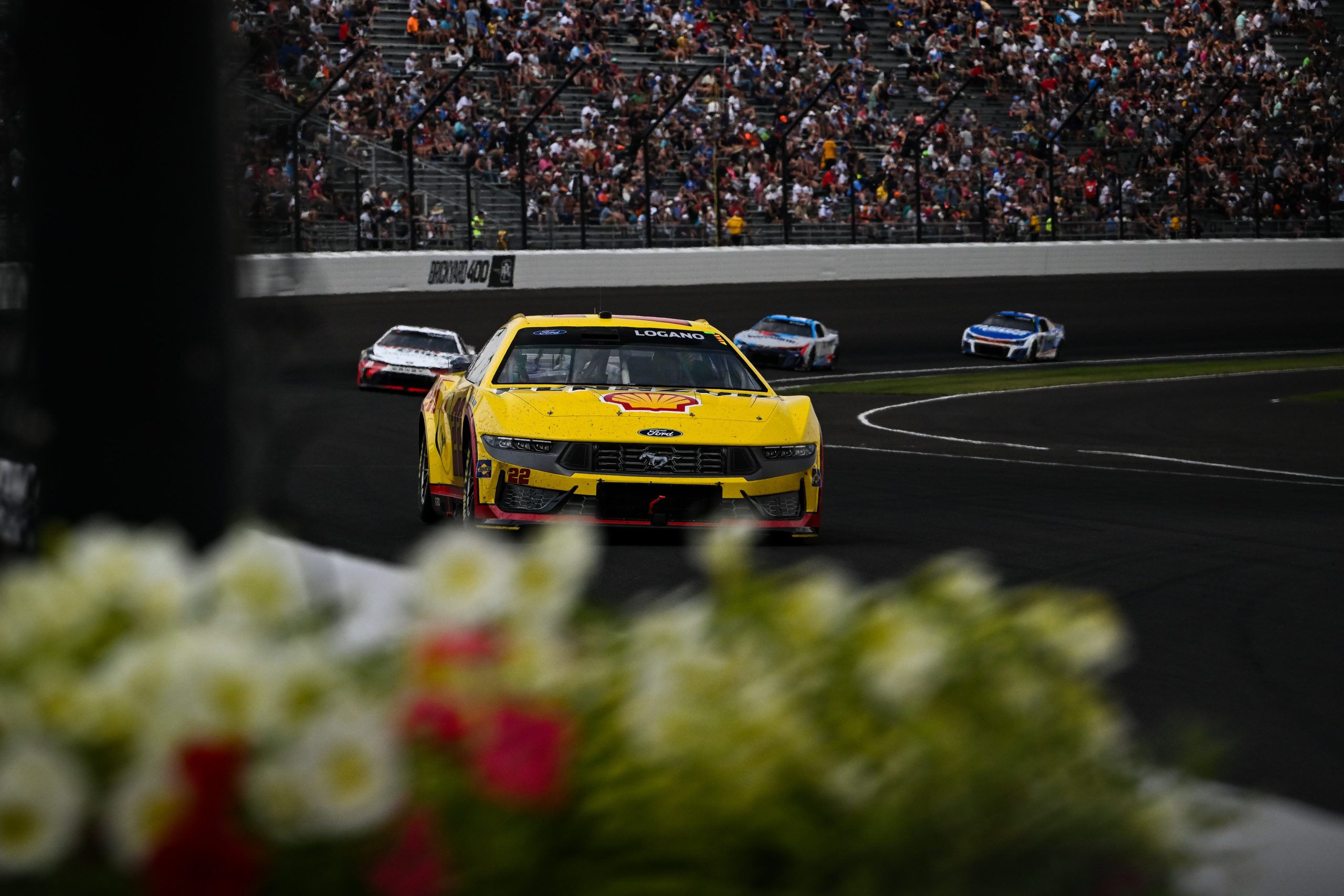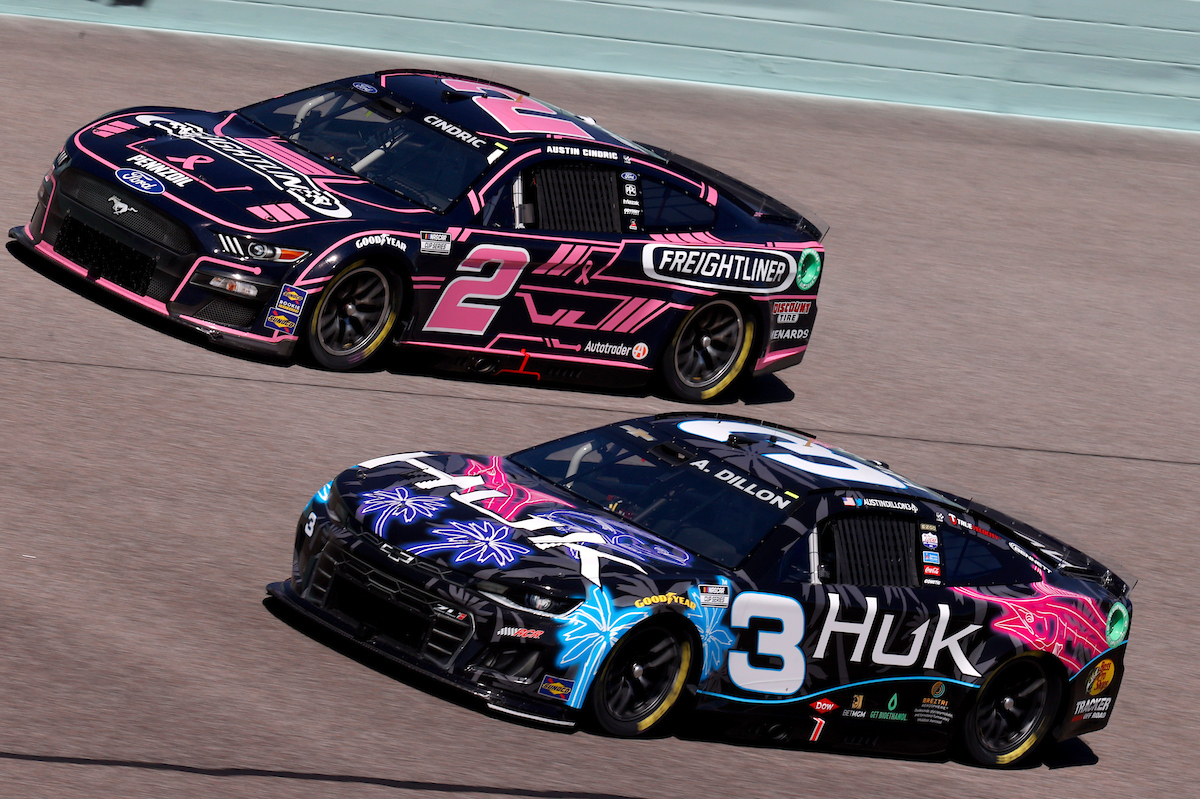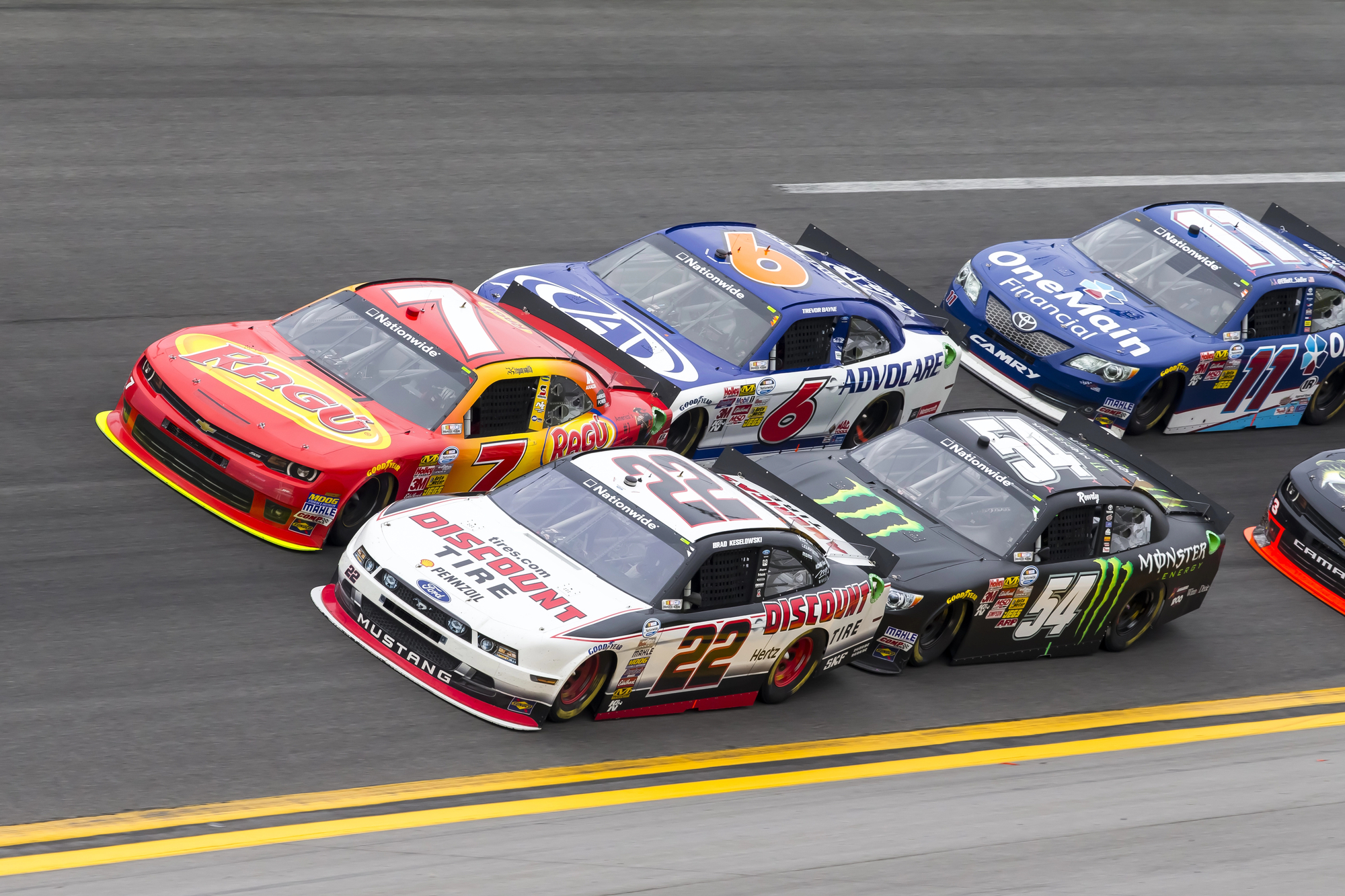Shipping the Speed: How NASCAR Vehicles Hit the Road
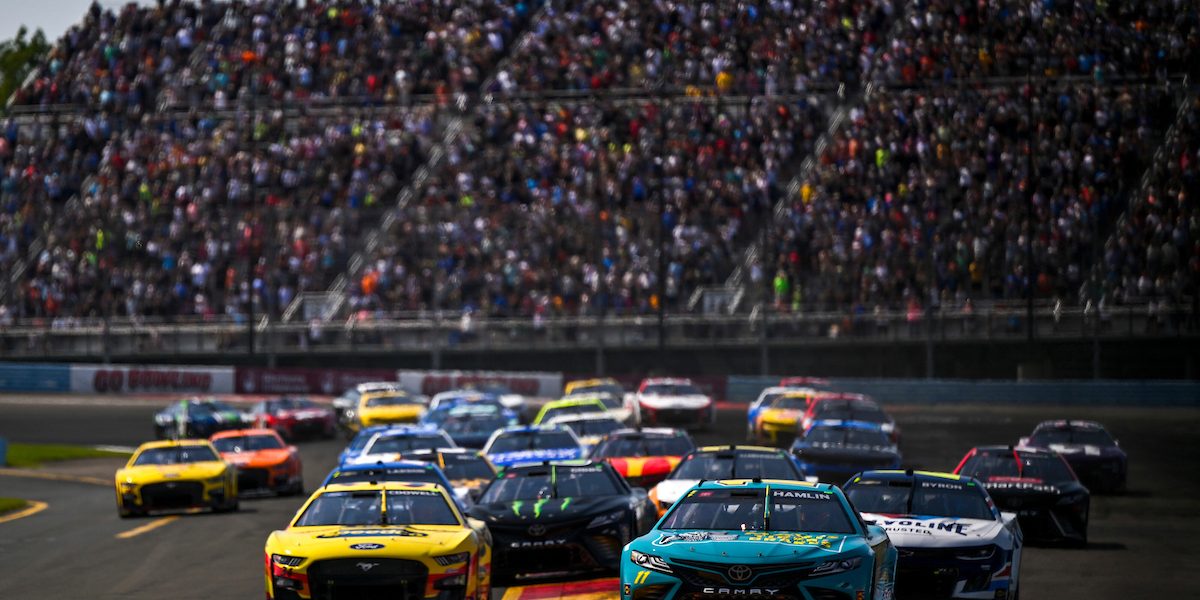
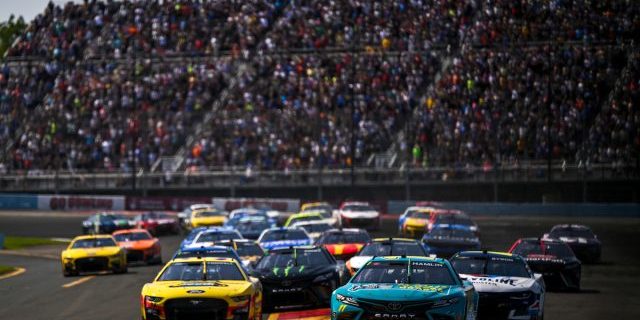
NASCAR races captivate fans with their exhilarating, high-speed action at various venues across the United States. Getting the participating cars, worth around $400,000 each, to their destinations is a massive logistical undertaking in itself. To accomplish this, teams use specialized haulers that serve not only as transport for the valuable race cars but also as mobile headquarters for repairs, food services, storage, and more.
Every race weekend, dedicated NASCAR teams tackle numerous challenges including route planning, manpower management, and loading and setup operations at the venues. Ensuring all of this runs smoothly requires more than just driving; it calls for careful planning, teamwork, and adaptability. Let’s dive into an overview of how these cars are transported from one location to another, securely and efficiently.
Key Takeaways
- NASCAR teams rely on specialized haulers for transporting their cars and functioning as mobile headquarters
- Careful route planning and manpower management are crucial to ensuring seamless transport operations
- Effective and efficient setup at race venues is essential for minimizing logistical challenges and maximizing fan engagement
Table of Contents
A Glimpse into NASCAR’s Logistics
Transportation Essentials
NASCAR teams rely on specialized vehicles known as car haulers which are enclosed vehicle transport solutions for racecars to transport their cars to various venues across the nation. These haulers not only carry the cars but also function as repair shops, restaurants, meeting rooms, viewing platforms, and storage facilities. With more than 35 race weekends annually, these haulers play a crucial role in ensuring the success of each NASCAR team.
To provide an inside look into NASCAR’s logistics, here is an overview of the essential elements involved in the transportation process:
- Haulers: These 18-wheelers are customized to transport race cars and necessary equipment. They are designed to securely hold the cars and aid in their loading and unloading.
- Headquarters: Typically, teams have a central headquarters where they prepare for races, maintain their cars, and keep track of their inventory and logistics.
- Preparation: Before a race, teams spend a significant amount of time prepping their haulers, ensuring that everything is in order and that all components are present.
Logistical Nightmare
Although NASCAR haulers are designed to make the transportation process as smooth as possible, the teams still face logistical challenges:
- Distance: With races spread out across the United States, haulers often need to travel long distances between events, putting pressure on logistics and requiring coordination of numerous transport arrangements.
- Time constraints: Racing schedules often leave little time for teams to repair and prepare cars between races, adding additional stress to the transportation process.
- Cost: Transporting vehicles and equipment is expensive, making efficient logistics crucial for keeping costs under control.
In conclusion, the transportation and logistical aspects of NASCAR are complex and require careful planning and execution. The teams rely on specialized haulers to ensure that their cars and equipment arrive safely and on time for each race event. Despite facing various challenges, NASCAR teams continuously work to streamline their logistical processes and ensure their success on the racing circuit.
The Fleet of NASCAR
Haulers and Trailers
NASCAR haulers are the primary form of transportation for race cars. These massive 18-wheelers are specially designed to carry and protect the valuable race cars during their journey to each race venue across America. They can transport two racecars at a time, along with a sleeper cab and an office inside the cab for the driver. Each hauler costs approximately $400,000 and is usually replaced after 5 years of use.
These haulers not only transport the race cars but also serve multiple functions:
- Repair shops: Haulers are equipped with tools and equipment needed for maintenance and repairs.
- Restaurants: They often have small kitchens to feed the crew during long trips.
- Meeting rooms: Important team meetings and discussions can take place within the hauler.
- Viewing platforms: Some haulers feature raised rooftops, offering an excellent vantage point to watch the race.
- Storage facilities: Essential spare parts, tires, and other equipment are stored within the hauler.
Specialised Haulers
The ultimate success of a NASCAR team depends on the efficiency and reliability of their specialized haulers. These haulers differ from regular car haulers, as they are custom-built and designed specifically for the demanding requirements of NASCAR racing.
Key features of specialized NASCAR haulers include:
- A reinforced structure to safely transport and protect the race cars during transit.
- Advanced suspension systems to maintain a smooth and stable ride, even on rough terrain.
- On-board generators for providing power to the hauler and its various functions.
- Enhanced security measures to prevent unauthorized access and protect the valuable assets inside.
In conclusion, a NASCAR team’s transporter, or hauler, plays a crucial role in delivering race cars and equipment safely and efficiently to each venue throughout the season. These specialized vehicles not only function as mere car haulers but also serve as mobile workshops and support centers for the entire team.
Preparation for Transport
Loading and Setup
During the preparation for transport, NASCAR teams follow strict procedures to ensure the safety and security of their valuable race cars. To begin, they load the cars onto specialized 18-wheeler trucks known as haulers. These haulers are designed to fit the unique dimensions and requirements of race cars, providing ample space and protection during transit. Team members carefully maneuver the cars onto the trailer, making necessary adjustments to secure them in place. It is essential to distribute the weight evenly and prevent any potential damage from occurring while on the road.
Condition Checks
Before embarking on the journey to the next race location, teams perform thorough condition checks on both the hauler and the race cars. This process involves inspecting vital components such as the tires, brakes, and suspension system to ensure they are in optimal condition for safe transportation. Any necessary repairs or adjustments are made before departure to prevent delays or further damage during transit. Additionally, team members check the security of cargo, ensuring that everything is well-anchored and protected.
In summary, proper preparation for transport, including careful loading and setup of race cars onto haulers and meticulous condition checks, plays a crucial role in ensuring the safe and efficient transportation of NASCAR vehicles from one race location to another.
Route Planning
Effective route planning is essential for transporting NASCAR cars from one race venue to another. It ensures timely arrival of the vehicles, components, and equipment to the designated race locations all around the United States. Transporters cover thousands of miles throughout the NASCAR season, which spans approximately 220 days a year.
North Carolina is home to many NASCAR teams’ headquarters, making it a common starting point for transport routes. From here, the teams travel to venues across the country, including popular race tracks such as Michigan International Speedway and race events in cities like Las Vegas, Atlanta, and California. Given the vast distance between these locations, organizers carefully schedule the race calendar to maximize efficiency in transport logistics.
The route planning process takes into consideration various factors, such as road conditions, weather, and distance. This helps in determining the best path for the NASCAR haulers to reach the race venue on time, while also minimizing the risk of accidents or delays. For instance, teams may plan their travel through major highways for a smoother trip, while avoiding routes that may involve closures or construction work.
Some common destinations on the NASCAR circuit include:
- Las Vegas: Home to the Las Vegas Motor Speedway
- Atlanta: Site of the Atlanta Motor Speedway
- California: Features race tracks such as Sonoma Raceway and Auto Club Speedway
- Texas: Offers the Texas Motor Speedway in Fort Worth
- Michigan International Speedway: Hosts multiple NASCAR events throughout the season
As teams travel from one race location to another, they also monitor the vehicles’ safety and condition throughout the journey. The transport haulers ensure the safe and secure transfer of the expensive equipment to the various race venues.
In conclusion, route planning plays a crucial role in the efficient transport of NASCAR cars and equipment across the country. The process allows the teams to navigate the vast distances between North Carolina and race tracks in states like California, Texas, and Michigan, while minimizing risks and ensuring timely arrivals.
Manpower Behind the Wheels
Role of the Crew
The crew plays an essential role in the success of NASCAR teams during racing events. Crew members often consist of the crew chief, tire changers, carrier and jackmen working tirelessly to ensure the vehicle’s optimum performance on the track. The crew chief is responsible for managing the crew, strategizing for the race, and orchestrating pit stops. They work in close collaboration with the driver to fine-tune the car and its setup.
Role of Mechanics and Engineers
Mechanics and engineers equally contribute significantly to a NASCAR team’s success. Mechanics handle the car’s maintenance, ensuring it is in the best possible condition before, during, and after races. They are responsible for repairing and replacing parts, conducting thorough inspections, and ensuring adherence to safety standards.
On the other hand, engineers analyze data to optimize the car’s performance. They assess various factors such as aerodynamics, suspension, and engine configurations to make necessary adjustments depending on the track conditions. A well-coordinated team of mechanics and engineers is crucial to achieving desired results in the competitive world of NASCAR racing.
Role of Transport Drivers
Transport drivers are entrusted with the vital task of moving the NASCAR cars and equipment from one racing venue to another. Their responsibilities extend beyond just driving the haulers; they meticulously pack and unload the vehicles, equipment, tools, and spare parts, with the utmost care to ensure that they arrive at their destination in perfect condition.
These haulers are often 18-wheelers outfitted with specialized features like repair shops, storage facilities, and even meeting rooms. Transport drivers are required to plan their routes carefully, considering extra time in case of breakdowns or accidents, ensuring that the cars and equipment reach the track without any issues. Their expertise and commitment ensure that the entire team operates effectively, allowing them to focus on the actual racing events.
Contents of a NASCAR Hauler
Race Car and Spare Parts
A NASCAR hauler is responsible for transporting the team’s race car and essential spare parts, such as engines and tires. The hauler ensures that all necessary items are carefully loaded and securely stored on the long journey to various race locations. It typically carries at least one spare car, multiple sets of tires, and spare engines to ensure the team is prepared for any unexpected events during the race weekend.
Tools and Equipment
In addition to race cars and spare parts, a NASCAR hauler carries a variety of tools and equipment needed for the racing team to perform repairs, maintenance, and tune-ups. This includes items such as:
- Wrenches and socket sets
- Jacks and lifts
- Diagnostic equipment
- Air compressors and impact guns
- Toolboxes and storage containers
It is crucial for the hauler to have these tools and equipment readily available, as they enable the team to work efficiently and effectively in the pit and garage areas during race weekends.
Supplies and Needs of the Team
Apart from transporting race cars, parts, and tools, a NASCAR hauler also carries various supplies and items required to cater to the needs of the racing team. These supplies include team uniforms, safety gear (helmets, gloves, etc.), and water for hydration. Moreover, the hauler is equipped with basic office supplies, computers and communication equipment, allowing the team members to coordinate and strategize effectively. Food supplies and refrigeration units are also included to ensure the team is well-nourished during race weekends. In essence, the NASCAR hauler serves as a mobile home base, providing teams with everything needed for a successful race experience.
Unloading and Setting Up at the Venue
The Arrival
When a NASCAR hauler arrives at the race venue, they execute a well-coordinated process to unload, set up, and prepare for the race. The hauler, which can be up to 80 feet long and weigh up to 80,000 pounds, contains two race cars, a variety of spare parts, and tools, as well as an office area and sleeper cab. As the hauler pulls into the venue, it is met by awaiting pit crew members ready to spring into action.
Unloading Process
Upon arrival, the pit crew begins the carefully planned unloading process to minimize any potential damage to the race cars. The hauler’s rear door is lowered, and the upper race car is removed first, using a built-in hydraulic lift. The lower car is then rolled out carefully. After both cars have been unloaded, the pit crew removes toolboxes, spare parts, and other necessary equipment from the hauler.
Setting Up the Pit Area
With the race cars and equipment unloaded, the focus shifts to setting up the pit area. The pit crew efficiently sets up:
- Workstations: For various tasks, such as managing tires, fuels, and mechanical adjustments
- Spare Parts Storage: Organized and accessible storage for replacement parts like brake pads, suspension components, and body panels
- Tool Organization: Proper arrangement of tools for easy access during the race
- Race Car Preparation: Ensuring cars are ready for practice runs, adjusting setups, and conducting any final tune-ups
The entire process from arrival to the final setup of the pit area showcases the teamwork, attention to detail, and efficiency that is essential in the high-stakes world of NASCAR racing.
Dealing with Challenges during Transport
Transporting NASCAR cars comes with its own set of challenges. Race teams have to overcome various obstacles during the journey to ensure a smooth and successful transport. In this section, we’ll discuss some of the challenges faced and the measures taken to address them.
Weather Conditions
One of the most significant challenges faced during the transportation of NASCAR cars is the impact of weather conditions. Race teams need to be prepared for rain, snow, ice, and other unpredictable weather elements that could slow down their progress. The team’s race transporter, typically an 18-speed Freightliner XL Classic tractor with an 84-inch sleeper cab, is designed to withstand various weather conditions, ensuring that the cars and equipment inside remain protected.
Unexpected Events
NASCAR transporters may encounter various unexpected events, such as traffic accidents or road closures, on their way to the racetrack. These incidents can lead to delays and could potentially disrupt the race team’s schedule. To minimize the impact of unexpected events, transporters are equipped with communication systems enabling them to stay in touch with the team and receive real-time updates about their route. They may also use GPS systems to reroute their journey to avoid delays whenever necessary.
Troubleshooting on the Road
In case of mechanical issues or other problems with the transporter, the designated drivers are responsible for detecting potential problems and ensuring quick troubleshooting. They are expected to be highly skilled in repairing and maintaining the freightliner, as it serves as not only the vehicle for transportation but also a mobile repair shop carrying all the necessary tools and equipment for addressing any issues that may arise during the journey.
By overcoming these challenges, NASCAR teams can ensure a smooth and efficient transport of their race cars to the racetrack. This allows the team to focus on what matters most – preparing for the upcoming race and putting on an exciting show for the fans.
Fan Engagement
NASCAR has always placed a high emphasis on fan engagement, as the passionate NASCAR fans play a vital role in making the sport successful. With iconic drivers like Dale Earnhardt Jr. and high-stakes events such as the NASCAR Cup Series, the racing organization constantly looks for ways to enhance the fan experience.
A popular way for fans to engage with their favorite drivers and events is through the use of logos. NASCAR fans proudly display their support by purchasing merchandise with their favorite team or driver’s logo on it. The colorful and unique designs not only help fans stand out in the crowd, but they also contribute to the overall atmosphere at a NASCAR event, giving fans a sense of belonging and camaraderie.
At the race tracks, NASCAR also incorporates various entertainment options for fans, such as live music performances. This ensures that race-day experiences are not limited to the on-track action but also provide a fun and lively environment for fans to socialize and enjoy. This multifaceted approach to fan engagement showcases NASCAR’s understanding of the need to cater to different fan interests, including those who attend events primarily as a social occasion.
In addition, NASCAR leverages digital platforms to enhance fan engagement, like their mobile app. Fans can use the app to get exclusive access to in-car cameras, allowing them to virtually ride along with their favorite drivers during the heat of the race. This innovative feature gives fans a unique perspective of the action on the track and creates a deeper connection to the sport.
NASCAR events, such as those held at the Fontana race track, are the ideal stage for showcasing the dedication and passion of the fans. The organization continues to brainstorm creative and exciting ways to further engage its audience, recognizing the significance of fan loyalty and supporting the growth of the sport.
Conclusion
In the world of professional sports, NASCAR stands out with its unique logistics of transporting race cars between venues. Each team relies on specialized haulers to efficiently and safely transport their cars, as well as to serve as on-site repair shops, restaurants, and meeting rooms. With races spread out across America, these haulers play a critical role in the successful functioning of a NASCAR event.
Each hauler is designed with the race shop’s features in mind, providing ample space for storing tools, spare parts, and maintenance equipment. This ensures that teams can effectively deal with any issues that arise during a race weekend, minimizing downtime and keeping the cars in top condition.
In conclusion, the transportation of NASCAR cars plays a vital role in the sport’s success, as teams navigate the challenge of traversing the country throughout the racing season. The specialized haulers not only serve as reliable transport for the race cars, but also act as mobile extensions of each team’s race shop, ensuring seamless operations for each event. This efficient system is a testament to the planning and ingenuity that goes into making NASCAR a premier motorsport series.

